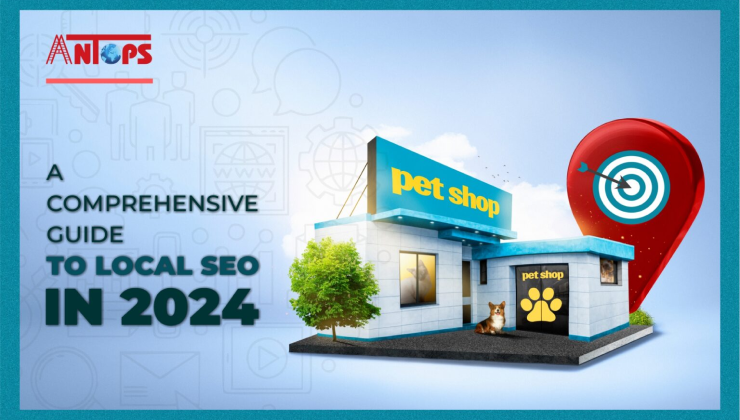
In the realm of digital marketing, few strategies are as influential and widely discussed as SEO (Search Engine Optimization) and PPC (Pay-Per-Click) advertising. Both play a critical role in attracting customers online, yet they differ fundamentally in their approach and application. Understanding these differences can help businesses refine their marketing strategies for maximum impact. Let’s dive into what sets SEO and PPC apart and how to effectively leverage both.
1.Organic vs. Paid Traffic
SEO:
SEO focuses on improving your website’s visibility in search engine results through organic (unpaid) means. It involves optimizing content, website structure, and backlink profiles to make your website more appealing to search engines like Google or Bing. High-quality SEO work results in better rankings on the search engine results pages (SERPs), driving organic traffic to your website.
PPC:
In contrast, PPC advertising involves paying for a prominent position on the SERPs through bidding on specific keywords. With PPC, advertisers pay a fee each time their ad is clicked, hence the name “pay-per-click.” These paid ads appear at the top of search results or on partner sites, ensuring immediate visibility
2.Cost and Budget Management
SEO:
The costs associated with SEO typically include hiring specialists or agencies and investing in tools. Although it can be initially expensive and time-consuming to set up, the traffic it drives is essentially “free” once your website is optimized. The return on investment (ROI) can be high over time, especially as organic traffic builds momentum.
PPC:
PPC involves a continuous investment because you’re paying for each click. However, PPC offers highly flexible budgeting options, allowing advertisers to set a daily or monthly limit. While immediate results can justify the investment, PPC expenses can quickly accumulate, particularly in competitive niches where the cost per click is higher.
3.Timing and Speed of Results
SEO:
SEO is a long-term strategy. It can take weeks or even months for changes to reflect in search engine rankings, especially for competitive keywords. Once established, however, SEO can generate consistent, ongoing traffic with little incremental cost.
PPC:
PPC yields immediate results once campaigns are launched. Ads can start appearing at the top of SERPs within minutes, making it ideal for time-sensitive campaigns or product launches. However, once you stop paying, the traffic stops as well.
4.Targeting and Customization
SEO:
SEO strategies primarily focus on keywords and content optimization. While it’s possible to optimize for local searches or specific audience segments, targeting is less granular compared to PPC. Customization requires understanding how users interact with your site and adjusting the site’s content and structure accordingly.
PPC:
PPC offers detailed targeting options, including demographic filters, device type, geographical location, and even interests or behaviors. Such precise targeting makes PPC particularly suitable for reaching specific audience segments with tailored messaging.
5.Impact on Brand Trust
SEO:
SEO can help build trust and authority. Websites ranking organically are often perceived as more credible, as search engines reward quality content. Users are more likely to trust and engage with brands that naturally appear in their search queries.
PPC:
PPC ads can sometimes be perceived as less trustworthy because users know they’re paid placements. However, effective ad copy and landing page design can still win over potential customers and build credibility with repeat exposure.
Conclusion
Both SEO and PPC have their unique strengths and weaknesses. SEO excels as a long-term strategy that builds brand credibility and sustained organic traffic, while PPC provides immediate results with highly targeted campaigns.
Ultimately, the most effective digital marketing strategy often involves a blend of both. Using SEO for ongoing, steady traffic and PPC for immediate, targeted exposure ensures comprehensive coverage and maximized results. Understanding the differences between these two pillars is crucial for tailoring the right approach to your business needs.





